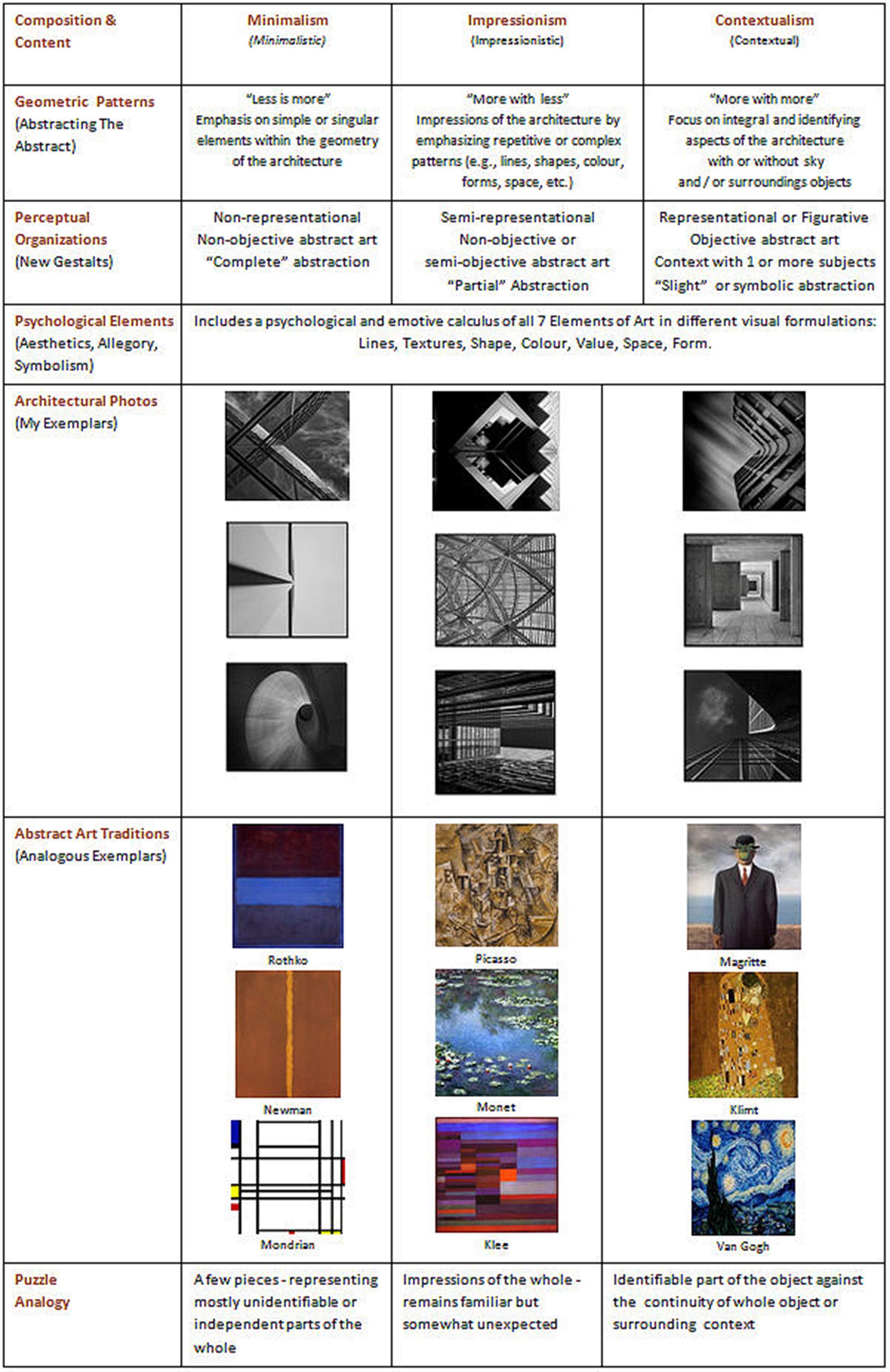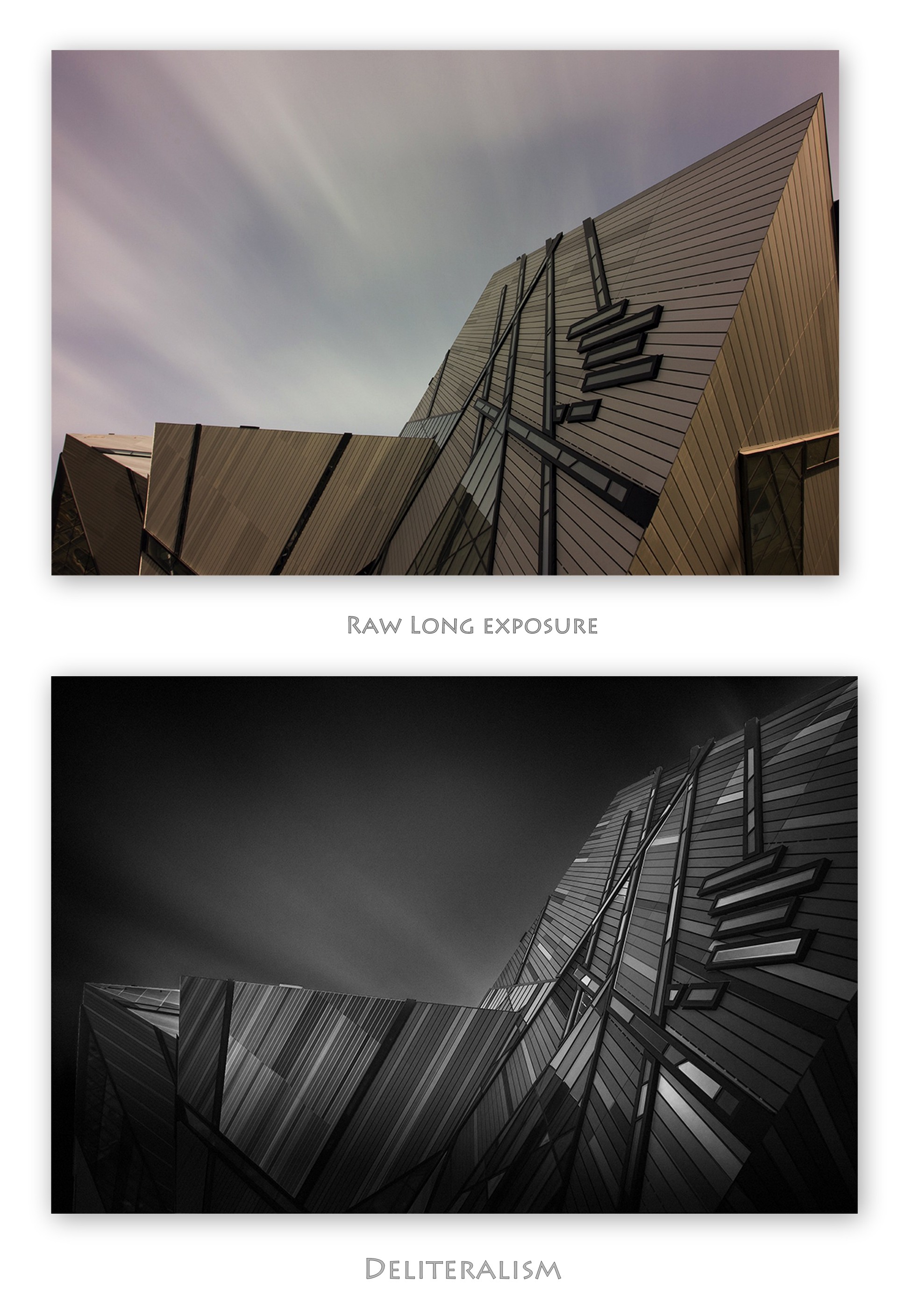If you have lingered through my site, especially my portfolio, chances are you have been struck by my love for a special kind of fine art architectural photography: “archistract”, or better yet, “archistract art”, or simply “archistract photography”. As a means of exploring this concept in its depths, while practicing it over many years now, I have ventured into a functional and applied definition for those who like to practice this type of photography:
Archistract / Archistract Art – “A concept, philosophy, and classification of fine art photography that focuses on the abstract qualities of various architectural styles and subjects using monochrome or colour compositions while highlighting patterns, forms, geometry, and gradations of light and shadows across various exposures. ‘Archistract’ is a portmanteau of the words ‘architecture’ and ‘abstract’. It is a style of abstract and architectural photography that has recently evolved into a cohesive and functional vision combining elements and traditions found in abstract art, architecture, and photography as a whole.”
Why Take A Photo Of The Mona Lisa?
Archistract Art Types: Minimalism, Impressionism & Contextualism
I often pose this question to my students for discussion around why they take photos of interesting architecture, which are art forms themselves, and make them part of their own art. Is it like taking a photo of the Mona Lisa and calling it your art? One of the main reasons I wanted to define the concept of Archistract Art was to consider architectural photography in a different light but also because I have seen different terminology for abstract photography that didn’t quite satisfactorily fit with in my own thinking about this type of architectural photography nor exemplify its true essence and potential for me. I have taught students about this type of photography in practical terms in the field and have theorized about it at length. As I have talked about it more and more it struck me that I have been applying this concept against the backdrop of abstract art traditions and modern architecture all along with my own constellation of ideas. I now have a cohesive interpretation of what it means to practice archistract art as I envision it. Here is a table explaining the different tenets, theories and types of archistract art as a photographic discipline:
Art does not always fit into nice little boxes because of it’s subjective nature, however it does fit nicely into historical contexts, traditions, and movements relatively well. I have included the works of great abstract artists for educational purposes and juxtaposed them against some of my own photos and theories. I have also included “the 7 elements of Art” that many are familiar with as artists and a “puzzle analogy” to offer a visual transition of the types of archistract art. I have used this type of analogy to relate the information to a common idea about how the sum of the parts can equal the whole (the actual physical building) but that the whole may look different as you are putting all the parts together bit by bit (your photographic vision of the building). While standing there in contemplative wonder about how you are going to photograph a beautiful building, you are faced with a puzzle to be solved based on your own photographic vision. You will also notice that the “Contextual Archistract” type and examples include long exposure photographs of architecture (e.g., clouds as an element of abstraction along with the architecture), multiple elements in a photograph where the main subject or visual focus is on architecture but it can also include subjects such as people (e.g., “ghosts”) or other buildings within the context of abstracted architecture.
Deliteralism (Equivalents)
An extension or subtype of Contextual Archistract Art is what may be called “deliteralism” or a form of “deliteralization” in your photography where you enhance, emphasize or embellish parts of the architecture or the surrounding context of other buildings, clouds, etc., while de-emphasizing other elements in the scene using light, luminosity, shadow and tone differentials in your photo. It is also a means of freeing a subject like architecture from its literal interpretation and abstracting the already abstract. This concept is similar to Steiglitz’s “Equivalents” form of art. Take the photo of the Royal Ontario Museum below in a RAW long exposure photograph (taken with the Formatt Hitech 16 Stop Firecrest Filter) and one converted in black and white using this principle of abstraction. You can see in the black and white photograph that I have emphasized and de-emphasized parts of the architecture while maintaining it’s integrity as an “abstract portrait”. The long exposure look of streaming clouds or ghosting of people in motion contributes to the overall form of abstraction, anti-realism, or a deliteralization of contexts.
I hope this post has offered you some insights about my own formulation of archistract art. If you like to practice this type of photographic art like I do, consider yourself an “Archistrateur” or “Archistract Artist” : )
Thank you for stopping by…
John



peeju
6 May 2014Great your site. When i view your article
and view your site have good.
I like your site.I have feel good in your content the best.
Article have good on cyber world.
Thank for sharing article.
Thank your again
Francisco Ortega
26 Aug 2014Very interesting article.
Strangely I haven’t found any instagram user with
‘archistract´ nick so I will use it.
I think it is a great word for this type of photography.
Cheers